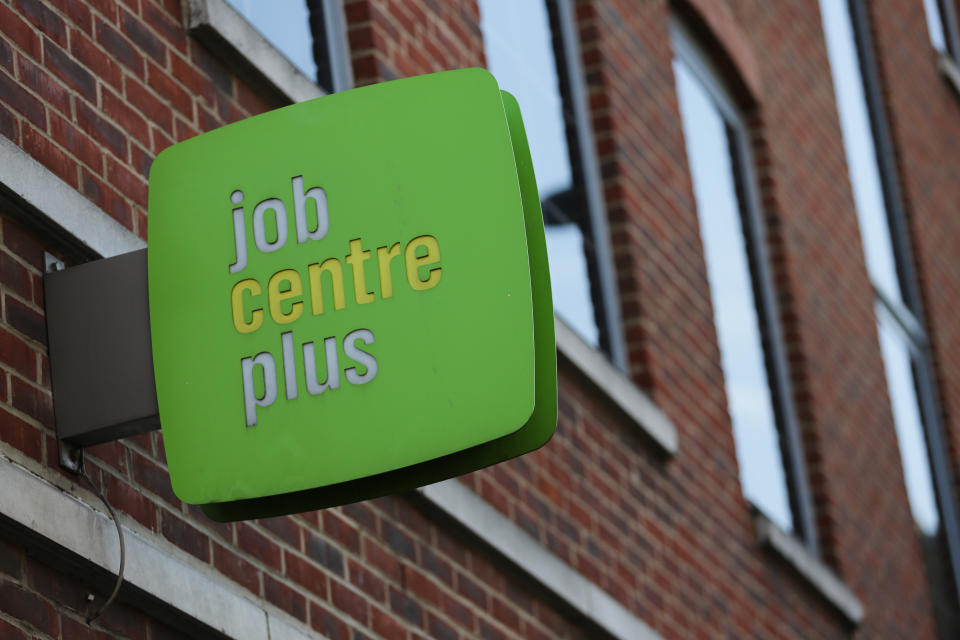Only 3 million UK households where no one works

The number of UK households with no working members has dropped to below three million, according to new statistics.
Research from the Office for National Statistics (ONS) showed that of 20.8 million UK households where at least one member was aged 16-64, just 2.9 million (13.9%) were entirely unemployed – a decrease of 107,000 on last year.
The latest figures show that households where all members are employed are up by 130,000 from last year, to 12.2 million (58.4%), while those with a mix of at least one working and one non-working adult are up by 8,000 to 5.8 million (27.8%).

Overall, 86% of households contain at least one working adult, according to the research based on data from the Labour Force Survey (LSF).
It notes that student households are more likely to be entirely jobless than the rest of the population.
Despite non-working households falling, the number of total UK households in which no member has ever worked increased by 21,000 over the year and now stands at 305,000. Of the households containing an adult aged 16-64 years, the figure was 1.5%, up 0.1% from last year.
Overall, nearly one in 10 people aged 16-64 live in entirely unemployed households.

The proportion of workless households has “generally been falling since comparable records began”, the ONS said.
Employment minister Alok Sharma said: “The benefits of a strong job market are paying off. With employment almost halving since 2010, we are delivering an economy that gives people the opportunity of a better future.”
However, earlier this month, ONS revealed that the UK unemployment rate rose slightly to 4.1%, after it hit a 43-year low of 4.0% in the period from July to September.
Suren Thiru, head of economics at the British Chambers of Commerce, said that Brexit had played a part in the small rise of people out of work: “The UK jobs market may be starting to falter under the weight of persistent Brexit uncertainty and chronic skills shortage.
“While the number of people in work remains close to historic highs, our own research confirms there has been a significant deterioration in the share of firms looking to recruit, which if sustained could increasingly impact on employment growth.”

 Yahoo Finance
Yahoo Finance 